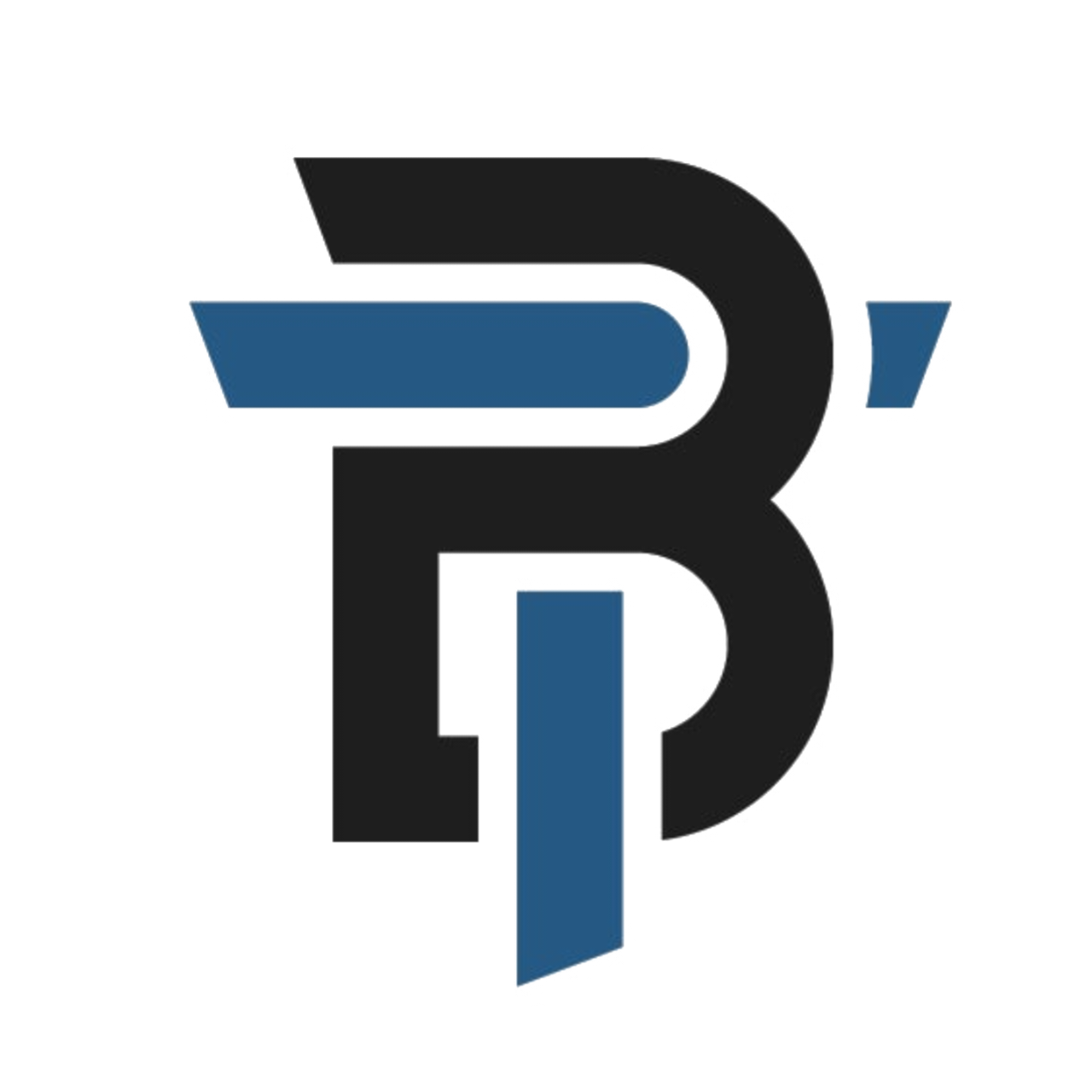🧠 What is a Design Document?
A Design Document is a blueprint or plan that describes how the software will be built.
It is created before coding begins and is mainly used by developers, testers, project managers, and clients to understand how the system will be constructed.
📌 Purpose of a Design Document
- To bridge the gap between software requirements and code.
- To provide a technical roadmap for the development team.
- To ensure consistency, clarity, and maintainability of software.
- To help in project estimation, resource allocation, and quality assurance.
✅ Key Features of a Good Design Document
Here are the major features explained in detail:
1. 🔍 Introduction & Objectives
What it does:
Explains what the document is about, what software is being developed, and its purpose.
Includes:
- Project name
- Purpose of the software
- Target audience (users)
Example:
“This design document describes the structure and logic for an Online Railway Reservation System.”
2. 🛠️ System Overview / Architecture
What it does:
Provides a bird’s-eye view of the complete system — modules, layers, and data flow.
Tools used:
- Block diagrams
- Architectural diagrams
- Deployment diagrams
Example:
Client-Server architecture with modules for Login, Booking, Cancellation, Payment.
3. 📦 Module Descriptions
What it does:
Breaks down the system into smaller parts (modules), with:
- Module name
- Functions performed
- Input/output
- Dependencies
Example:
Module: PaymentGatewayModule
Function: Accepts card info, verifies, and processes payment.
4. 🔁 Data Flow Diagrams (DFD)
What it does:
Visually represents how data moves between modules or between users and system.
Levels:
- Context Level (Level 0)
- Level 1, Level 2 (Detailed view)
Example:
[User] --> (Login Module) --> [Database]
5. 💾 Database Design
What it does:
Describes the database tables, relationships, keys, and queries.
Tools used:
- ER Diagrams (Entity-Relationship)
- Table schema
- Normalization
Example: Table: Users
Fields: user_id, username, password, email
6. 👨💻 Algorithm & Pseudocode
What it does:
Gives the internal logic of important operations in a human-readable format.
Example:
Algorithm to search available seats in a train:
Input: Train ID, Date
Check availability in ‘seats’ table
If available → Proceed to booking
Else → Show ‘Not Available’
7. 🧱 Interface Design (UI Design)
What it does:
Shows the layout of screens, forms, buttons, and how users interact with the software.
Includes:
- Wireframes
- Screenshots
- Input/Output fields
Example: Login Screen with:
- Username field
- Password field
- Login Button
8. 🔒 Security Measures
What it does:
Mentions how the design protects data and user privacy.
Includes:
- Encryption methods (e.g., for passwords)
- Access control
- Authentication/authorization
9. 📈 Performance Considerations
What it does:
Explains how the system will handle large amounts of data or users.
Includes:
- Load balancing
- Caching strategies
- Response time goals
10. 🔧 Error Handling and Exception Management
What it does:
Describes how the system handles errors, exceptions, and failures.
Example:
If payment fails, rollback the transaction and show:
“Payment Failed. Please try again.”
11. 📋 Assumptions and Constraints
What it does:
Lists any limitations or conditions assumed during design.
Examples:
- “System will be accessed only via desktop”
- “Supports only English language in Phase 1”
12. 🔄 Version Control & Revision History
What it does:
Tracks changes made to the document over time.
Includes:
- Date of revision
- Version number
- Description of changes
13. 👥 Roles & Responsibilities
What it does:
Lists team members responsible for each part of design and development.
Example:
- UI Designer – Login & Dashboard Screens
- Backend Dev – Payment & Booking Modules
🖼️ Diagram Example: System Architecture
+--------------------+
| User Interface |
+--------------------+
|
+--------------------+
| Application Logic |
+--------------------+
|
+--------------------+
| Database Layer |
+--------------------+
📝 Summary Table
| Feature | Description |
|---|---|
| Introduction | Overview, purpose, audience |
| System Architecture | Overall structure of system |
| Module Descriptions | Details of each module |
| DFDs & Flowcharts | Visual representation of data flow |
| Database Design | ER diagrams, schemas, tables |
| Algorithms & Pseudocode | Step-by-step logic for operations |
| UI Design | Wireframes, screen layouts |
| Security Measures | How data and users are protected |
| Performance Considerations | Speed, scalability |
| Error Handling | How errors are managed |
| Assumptions & Constraints | System limitations and assumptions |
| Version History | Document change tracking |
| Roles & Responsibilities | Who does what |
📚 Viva/Exam Questions
- What is the purpose of a design document?
- Name three sections that must be included in a good design document.
- What is the use of Data Flow Diagrams in software design?
- Why should version control be included in the document?
